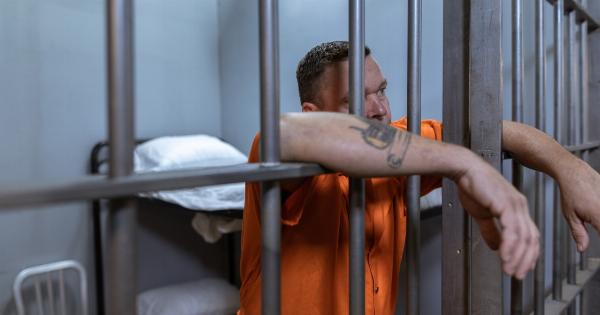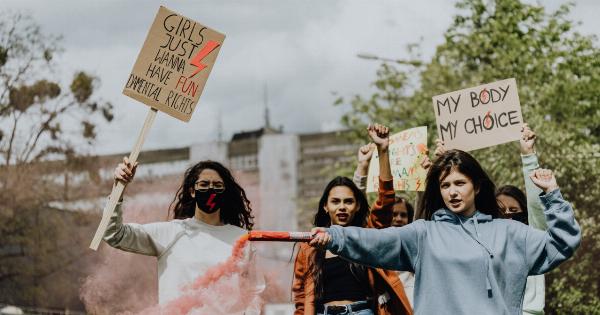Prison life is a subject that fascinates many people. It is a world that is largely hidden from public view, and there is a sense of mystique and danger surrounding it. In this article, we will take a closer look at what life is like behind bars.
Entering prison
Entering prison is a daunting experience. Prisoners are usually strip-searched and have their belongings searched thoroughly. They are then given a uniform and assigned a cell. Cells are usually small and cramped and contain a bed, a sink, and a toilet.
The daily routine
Life in prison is highly structured, with a strict routine that is followed every day. In most prisons, the day starts early, with breakfast served as early as 6 am. After breakfast, prisoners will engage in work or education programs.
Lunch is served early afternoon, followed by more work or educational activities until dinner, which is usually served around 5 pm. After dinner, prisoners have free time until lights out, which is usually around 9 or 10 pm.
Prison work
Prisoners in most prisons are expected to work, either inside the prison itself or in outside work crews. Work activities usually involve manual labor, such as cleaning, cooking, and maintenance work.
Some prisoners also work in industries, such as textiles, printing, or manufacturing.
Education programs
Many prisons offer educational programs, such as classes in literacy, high school diplomas, and vocational training. These programs aim to provide prisoners with skills and knowledge that will help them reintegrate into society once they are released.
Visitation
Visitation is an important aspect of prison life, as it provides a connection to the outside world. Most prisons allow visitors on weekends, and prisoners are usually allowed a certain number of visits per month.
Visitors are subjected to thorough security checks and are expected to follow strict rules while inside the prison.
Violence and safety
Violence is a constant threat in prison, with fights and assaults being a common occurrence. Most prisons have strict rules in place to prevent violence, and prison staff are trained to deal with these situations.
However, violence can never be completely eliminated in such a high-tension environment.
Medical care
Prisoners are entitled to medical care while in custody. Most prisons have medical staff on hand to provide health services, including checking blood pressure, prescribing medication, and conducting regular check-ups.
However, medical care in prison is often criticized for being substandard, and prisoners with serious health issues may not receive the care they need.
Mental health
Prisoners are more likely than the general population to suffer from mental health issues, such as depression and anxiety. Many prisons offer mental health services, such as counseling and support programs.
However, these services are often underfunded and understaffed, and access to them may be limited.
Rehabilitation and reintegration
One of the main goals of the prison system is to rehabilitate prisoners and help them reintegrate into society once they are released. Many prisons offer programs aimed at achieving this goal, such as education and job training programs.
However, the success of these programs varies widely, and many prisoners struggle to find their footing once they are released.
Conclusion
Life behind bars is a difficult experience that brings with it a host of challenges and hardships.
While the prison system aims to rehabilitate prisoners and prepare them for life outside, the reality is that many prisoners struggle to reintegrate into society and end up back in prison. Therefore, it is important to continue to examine and improve the prison system to ensure that it is meeting the needs of those behind bars.






























